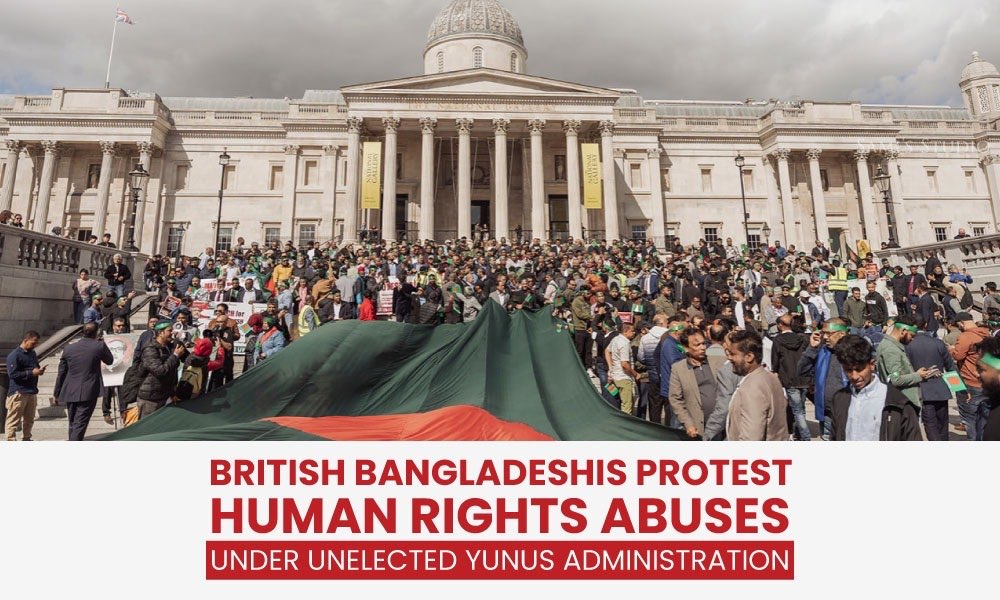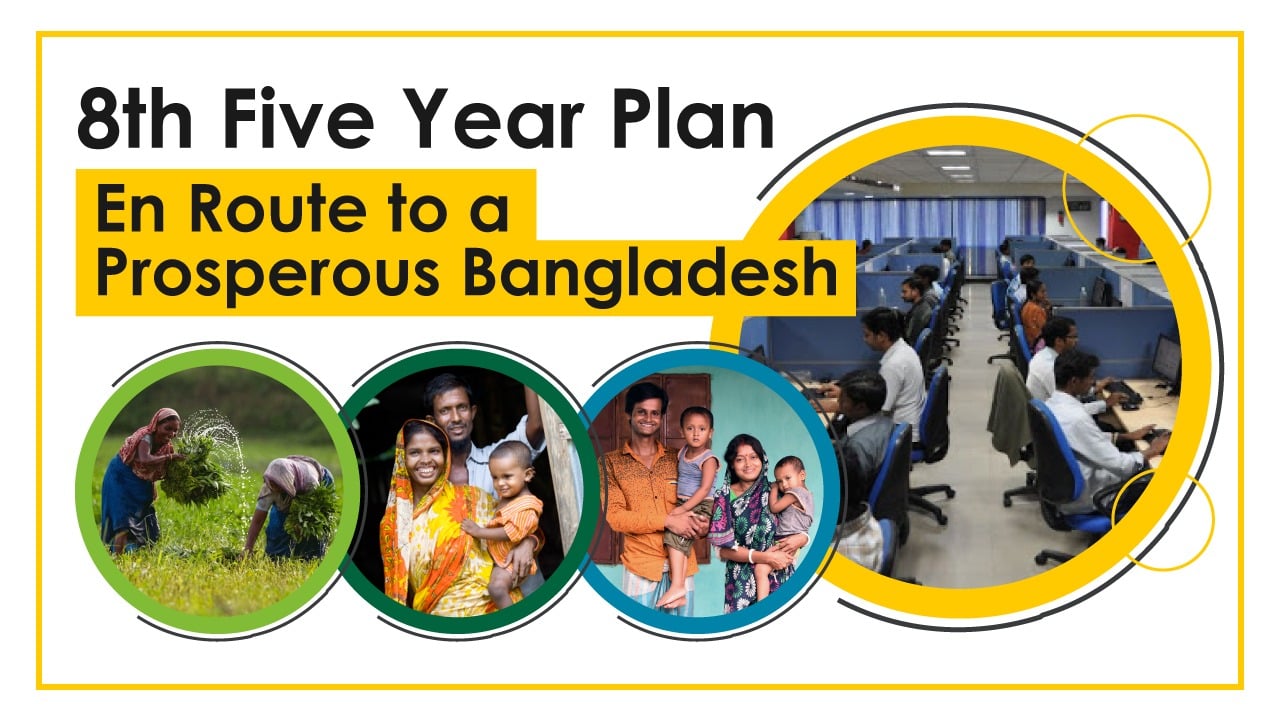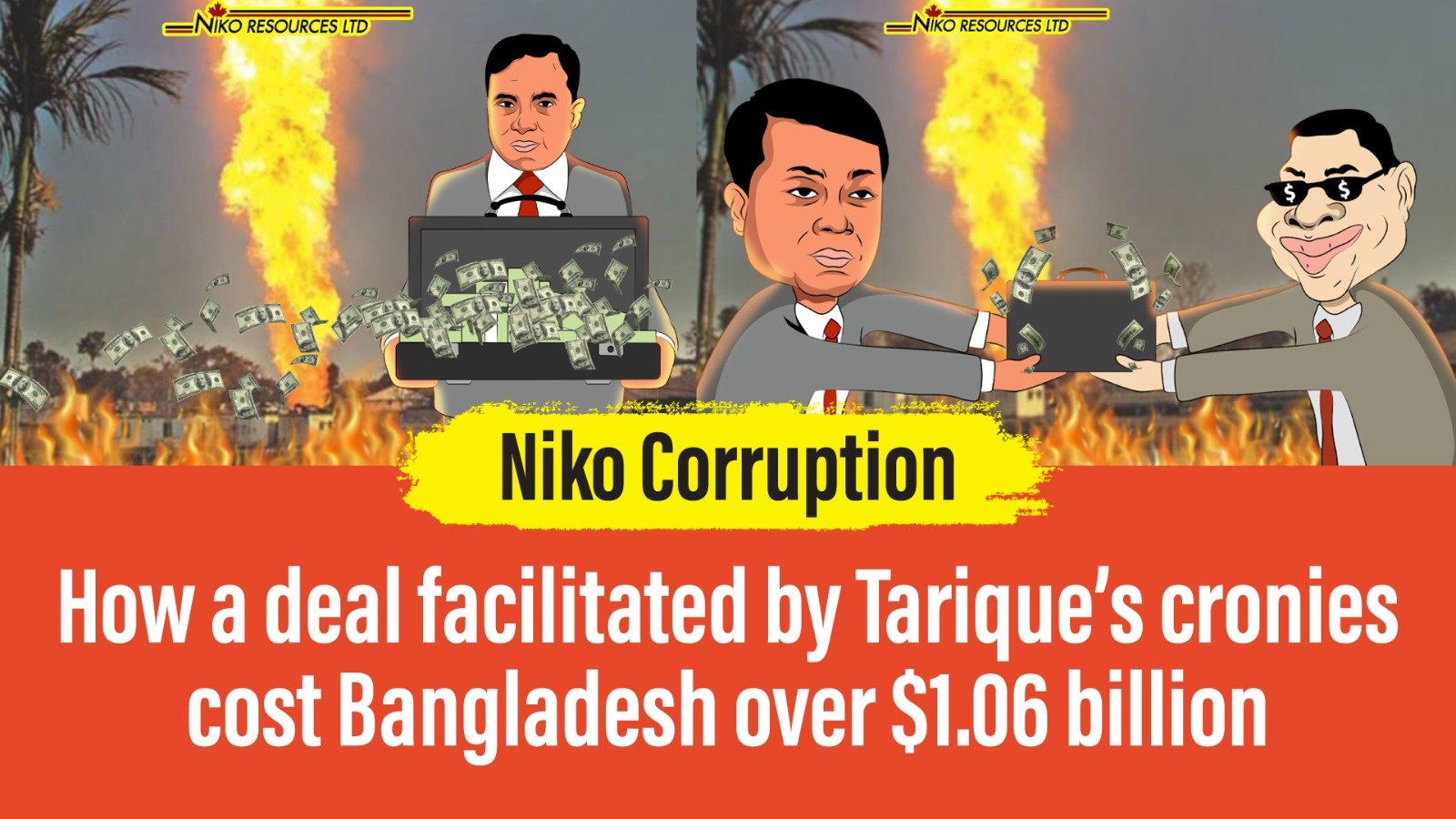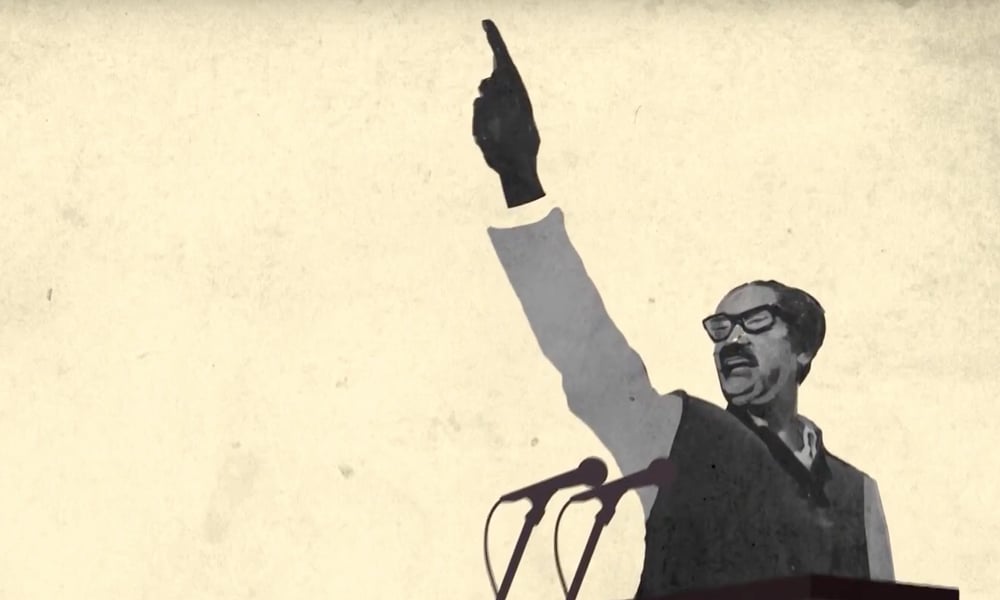5968
Published on June 14, 2021The historic 7th March speech of Bangabandhu Sheikh Mujibur Rahman aims for freedom. This ‘freedom’ had various implications in its meaning. Besides autonomy and political freedom, it also meant to get social, cultural and economic freedom. And Bangabandhu’s economic goal was to improve the lives of mass people, so he added socialism in the Constitution as one of the four principles to build a society based on equity and free of discrimination. He witnessed miseries of the mass people from his childhood to the Pakistani colonial regime and remained vocal for their justice and rights, and faced jail terms many times for it.
However, after Bangabandhu returned home following the Liberation War, he rushed to nation-building and healed people’s sufferings. He initially nationalized the mills and industries, ensuring 40 par cent labours in the managing board committee. He also set the maximum limit of the ownership of the land. After the USA scrapped its policy about the transaction of gold into the dollar, the world, including Bangladesh, faced serious inflation. The three-dollar oil (per barrel) went up to USD $11, USD $80-wheat (per tonnes) to USD $240, USD $80 dollar fertilizers (per tonnes) to USD $200. Bangabandhu however managed to pull down inflation to 30-35 per cent in 1975 from 60 per cent in the previous year. Within three years, he rose the per capita income to USD 271 from just USD 93.
The total GDP of Bangladesh economy was only USD 8 billion and how it became USD 302 billion is a matter of thought. However, it was USD 102.5 in 2009 and within one decade it increased three times. But the previous four decades saw an increase of GDP by less than double. The country had a 4 per cent GDP growth rate after the first decade since 1975, followed by 5.2 per cent in the next decade. It rose to 7 per cent on average between FY 2007-08 and FY 2018-19.
While celebrating the fourth anniversary of Bangladesh’s independence on March 26 in 1975, Bangabandhu announced a second revolution at the Suhrawardy Udyan rally. He vowed the change the ruined social system and introduce multiple cooperative systems in 65,000 villages within the following five years. Under the new system, the landowners would have their ownerships on the land, but a portion of the jobless people will be included in the cooperative system in a bid to abolishing the tout-class as the middlemen. The five-year cooperative system would include 500 to 5,000 families from every village as planned by Bangabandhu.
To revive the country’s economy, Bangabandhu first launched the Five-Year Plan in 1973. This first-ever five-year plan aimed at eradicating poverty, ensuring employment, basic needs like food, habitat, education and medical services, and multiplying the agricultural production through modernization. He also took steps to distribute fertilizers, pesticides and agricultural equipment free of cost among the farmers, land among the landless farmers, waiving the agriculture loan of more than BDT 5,000 and land rent till 25 bighas and so on. With his visionary economic leadership, normalcy returned in the agriculture sector of the country.














